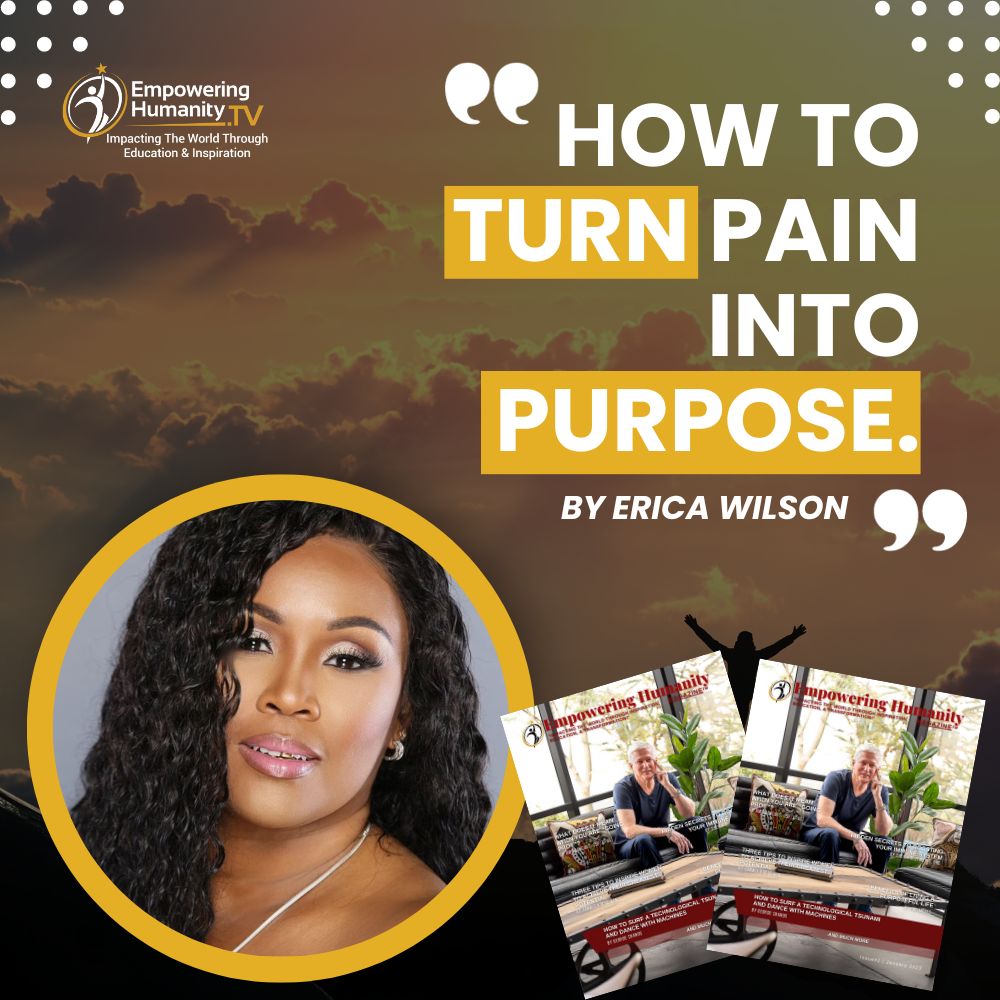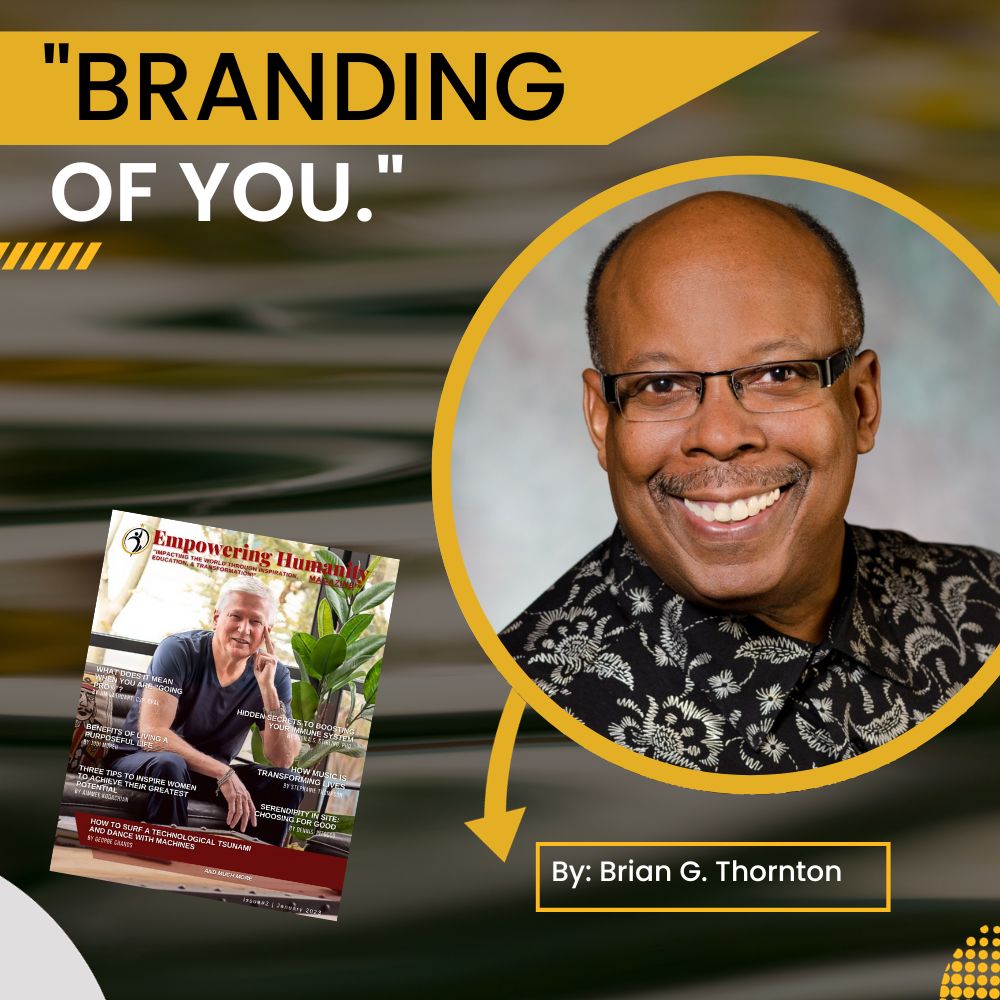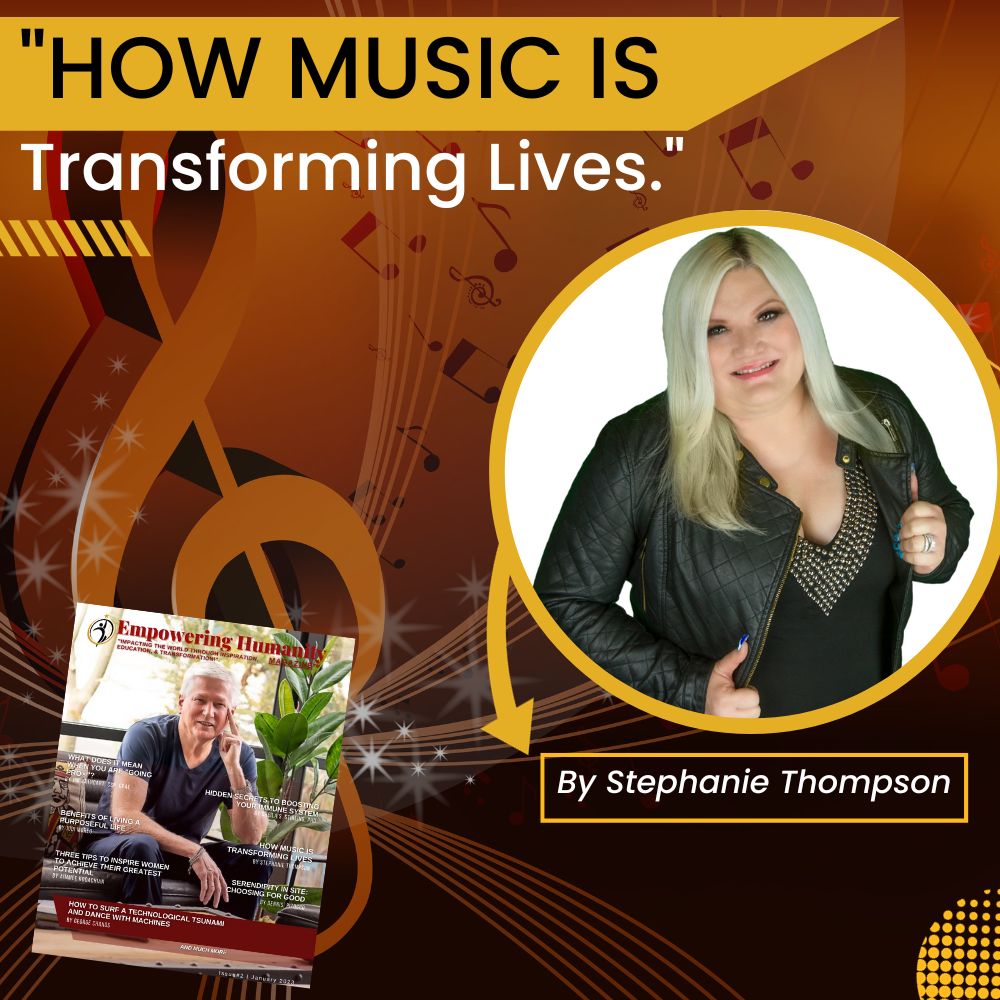Three Tips to Inspire Women to Achieve Their Greatest Potential!
By Aimmee Kodachian
Women are brilliant, can navigate through many challenges and are capable of achieving high levels of success. They have excellent problem-solving skills and are able to think creatively to come up with solutions to complex problems. Women are also very resourceful and able to utilize whatever resources they have to achieve their goals. In addition, women are highly motivated and driven to succeed, striving to reach their full potential.
Incredible things can be achieved when women come together to empower one another. From small and simple acts of friendship, such as providing support, kindness, and advice, to more powerful initiatives that give women the courage and confidence they need to reach their ambitions or even win a global honor, there is a strong sense of shared strength and unity that gives them an invaluable source of inspiration, motivation, and warmth.
This helps instill in them that anything is possible with hard work and determination. I say this from my personal experience.
The question is, how can you get support from other women?
Here is your first tip: Build your TRUST.
In order to gain support from a woman, it is essential for you to understand that you must first take your time to build a good relationship before you expect her to TRUST you with anything. Trust requires clear communication and patience.
Over time, as you get to know one another better and develop a stronger connection, mutual respect will begin to form. With these measures in place, building Trust with another woman can become more natural over time and ultimately lead to more significant support from her.
My dear friend, Judi Moreo, who is a well respected Internationally known author, keynote speaker, TV Host, and coach, and I are a great example of how far powerful women can go when they build strong and trusting lasting relationships.
For the past 15 years, it has been a privilege to have such a talented friend like Judi in my life and a blessing to experience the power of two women helping and inspiring others for the good of all. Judi always inspired me with her remarkable and outstanding work ethic and perseverance.
For over a decade, Judi and I have understood the necessity of having each other’s back without ulterior motives or concealed desires. We are proud of our unwavering bond in selfless support. We hope to inspire others and create a legacy that demonstrates the utmost potential when women collaborate and support each other instead of competing with one another.
Our TRUST was not built overnight. It took several years before we began to trust each other 100% to nominate each other for awards and recognitions. You can’t buy trust. You can only earn it.
When you build TRUST with women, they will come together to support you, recognize you, nominate you, and hold you up to your highest height.
Here is your second tip: TRUST yourself.
To read my full article, click on this link https://rb.gy/e6xbbu and get your FREE access to Empowering Humanity Magazine™ Now!










